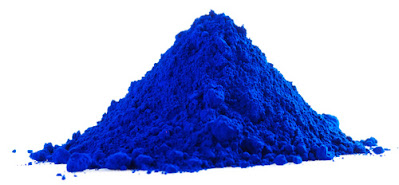Was Ultramarine Blue Expensive?

Yes, historically, Ultramarine Blue was one of the most expensive pigments used in art due to the labor-intensive process of extracting and preparing the pigment. The original source of ultramarine blue was the mineral lapis lazuli, which had to be mined primarily in Afghanistan. Extracting the vibrant blue pigment from lapis lazuli required meticulous grinding and purification, which made it a time-consuming and resource-intensive process. Because of its rarity and the effort involved in its production, ultramarine blue was often reserved for use in the finest artworks and was considered a symbol of wealth and prestige. It was frequently used in religious paintings, particularly in depictions of the Virgin Mary's blue robe. Over time, alternative synthetic methods for producing ultramarine blue were developed, which brought down the cost and made the pigment more accessible. Despite this, historically, ultramarine blue was indeed an expensive and prized color in the world of ...




